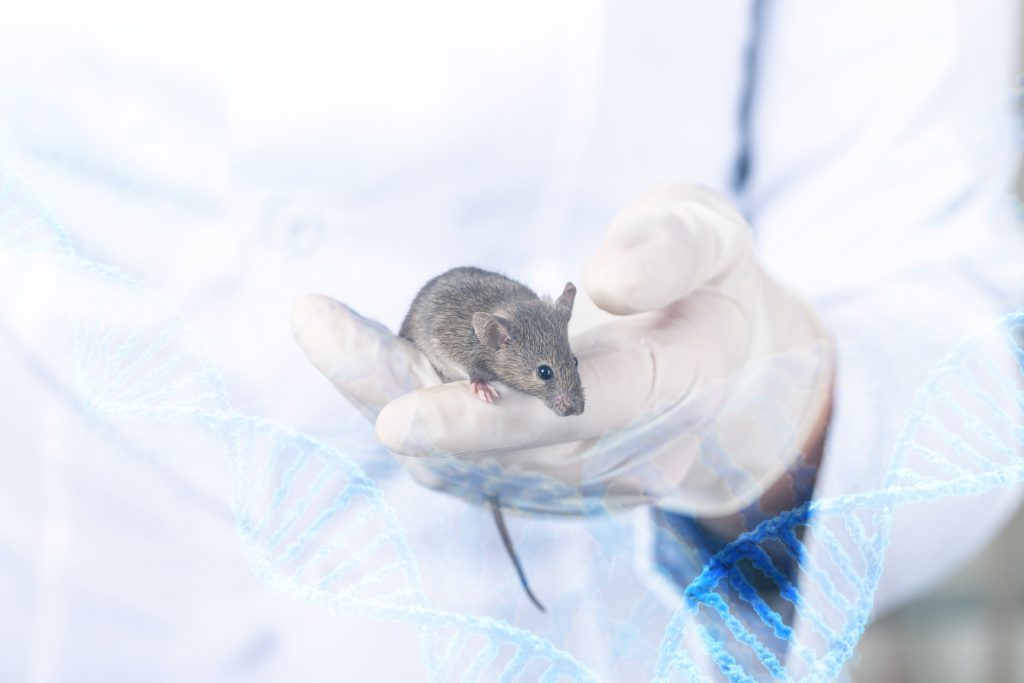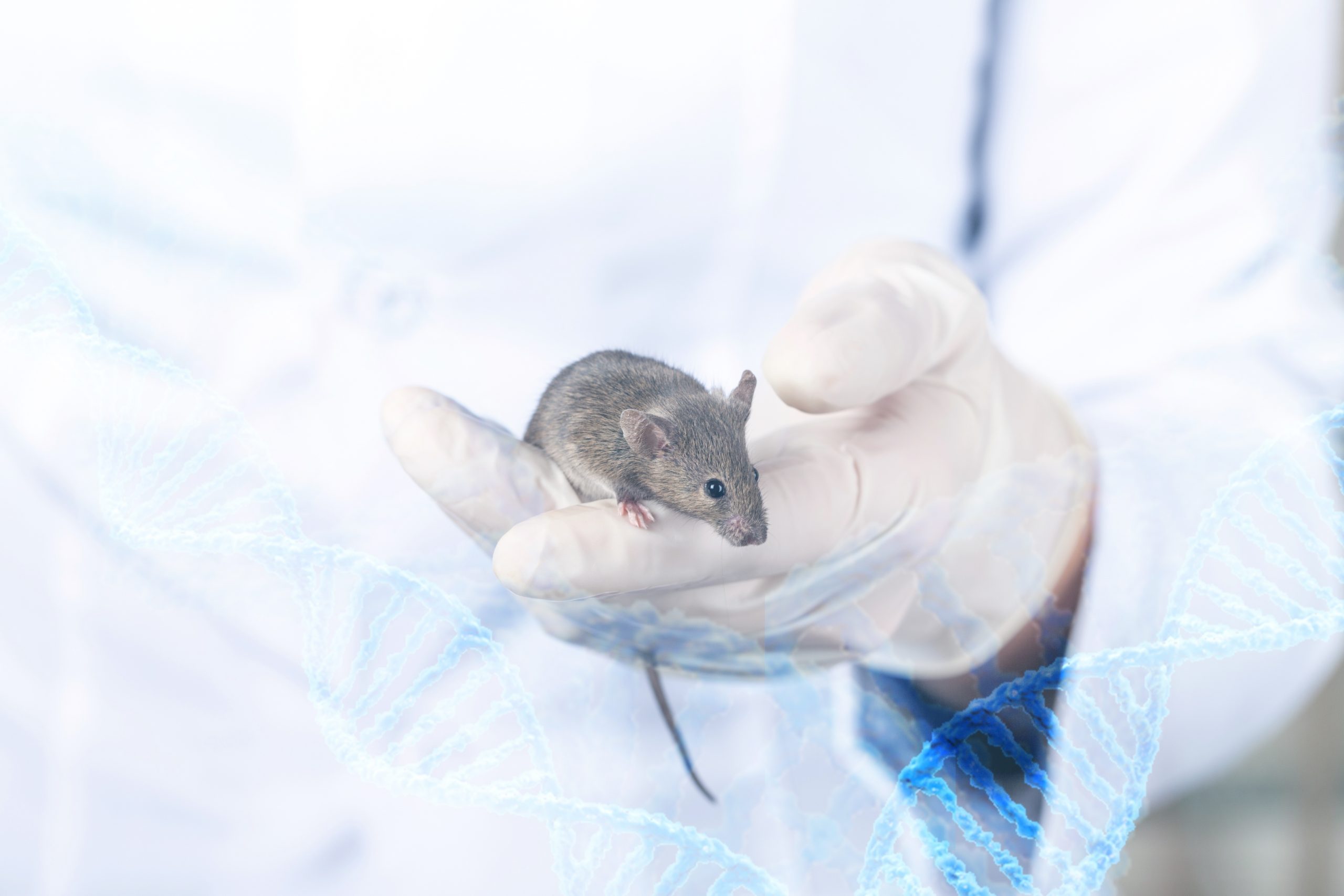Researchers at Marburg University have generated a genetically altered mouse line to gain insights into the hidden life of renal macrophages. This crucial step could allow scientists to early detect many kidney diseases.

Macrophages, also known as the big eaters, are specialized immune cells that play a central role in many inflammatory processes in the human body. They are found everywhere in tissues and organs. In the kidneys, these cells react very sensitively to tissue damage and adapt very quickly to dynamic changes in their environment. Getting a close look into the genetic changes regulating those adjustments could therefore be very helpful for better understanding the development of kidney diseases. “This is precisely why tissue macrophages are of particular interest in medicine,” says Prof. Dr. Ivica Grgic, the nephrologist from the University of Marburg leading a university research team. Macrophages are hidden in the renal tissue among more than two dozen other cell types. Therefore, it is challenging for researchers to differentiate their specific activity from the activity of other cells. “This makes it so difficult to gather pure and undistorted information about them,” explains Grgic. In order to solve this problem, he and his team have developed the first mouse line that allows both the visualization of macrophages in the kidneys and also the opportunity to record the dynamic changes in their gene activity in almost real time.
The results of their research were published in May 2020 in Scientific Reports, a research journal from the Nature group. Besides Grgic’s team, other scientists from Marburg University, the Universities of Giessen, Wuerzburg and Heidelberg as well as from the United States cooperated in this study. The German Research Foundation, the Von Behring Roentgen Foundation and other donors provided financial support.
MacTRAP mice: getting deep insights into the life of renal macrophages
The research group first developed an artificial macrophage-specific gene construct. Then, they generated a transgenic mouse line, the “MacTRAP” line, which expresses this gene. The synthetic genetic construct codes for both the ribosomal protein L10a and the fluorescent dye eGFP, which enables the identification of the gene product. L10a is a component of ribosomes and plays an important role when gene transcripts, so-called mRNAs, are converted into proteins. These highly informative complexes of ribosomes and mRNAs are also called polysomes. Since only macrophages produce the “eGFP-L10a” fusion protein, the research team was able to “grab” the flagged artificial protein using magnetic microspheres with a special antibody coating. Finally, they extracted the protein together with the respective macrophage-specific polysomes from the cells. This allowed them to avoid contamination and distortion by gene products from other renal cell types.

Changes in the genetic profile of macrophages as early indicators for kidney diseases.
Thanks to this new method, the researchers could do a high-resolution profile of renal macrophages and gain better insights into their biological properties, functions and behavior. “As alterations in the gene expression patterns of these immune cells are among the earliest measurable signs offers the chance to intervene in pathological processes at an early stage and in a targeted manner,” explains first author Dr. Andreas Hofmeister, who was significantly involved in the study as part of his doctoral thesis with Prof. Grgic.
“There is a wide range of potential uses for the TRAP approach, not only in the kidney but also in other tissues and organs such as the lung, liver, skin and vascular system. This approach works in many organs and should therefore be universally applicable,” explains Grgic. To date, the novel MacTRAP mouse line is only available at the Philipps University in Marburg and has not yet been commercialized.

